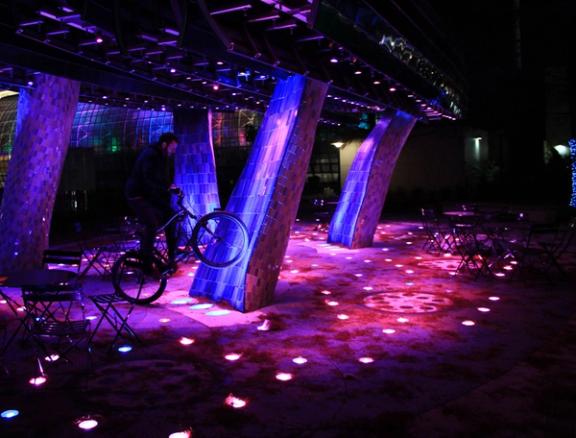The guiding light
Your guide to the best products to take your lighting to the next level.

Guides
Art-Net vs sACN
You’ve probably seen both Art-Net and sACN around and maybe you’ve even used them, but have you ever wondered what the difference is?

Guides
Adjustable Clock Rates
PixLite devices offer a unique ability to adjust the clock speed of pixels that utilize an external clock line.

Guides
Ethernet Loop Through
With Advatek’s 3rd generation of pixel control firmware, PixLite® devices with dual gigabit Ethernet ports allow Ethernet loop-through and redundant network topologies.

Guides
AutoIP Addressing
With Advatek’s 3rd generation of pixel control firmware, PixLite® Mk3 devices have the ability to acquire an IP address through AutoIP.

Guides
Extended Fading and Slow Color Changing with Pixel LEDs
Practical issues to consider when implementing extended fades and slow color changes with pixel LED's

Guides
Triggering with UDP
Two common methods of transmitting information on a network are UDP and TCP.

Guides
Architectural Façade Lighting Guide
What does it take to create a truly impactful architectural façade lighting using addressable pixel LEDs? Here are some important aspects to consider.
News and announcements from Advatek Lighting
News and announcements from Advatek Lighting

News
PixLite® T8-S Mk3: Ultimate pixel control for long range installations
Our most popular long-range pixel controller has been re-imagined.

News
Conformal Coating
Conformal Coating is now available as an option on all PixLite® pixel controllers used in harsh environments

News
PixLite R4D-S or PixLite R2F-S?
Advatek’s new long-range pixel controller system offers two unique receivers. But which one suits your needs better?

News
UL Safety Standard: Advatek Mk3 Products are now ETL Listed
All Advatek PixLite Mk3 products are now UL compliant.

News
PixLite® Mk3 E-series: Mighty processing power, great price
The PixLite® Mk3 E-Series pixel controllers are easily the most cost-efficient commercial grade pixel controllers in the world.

